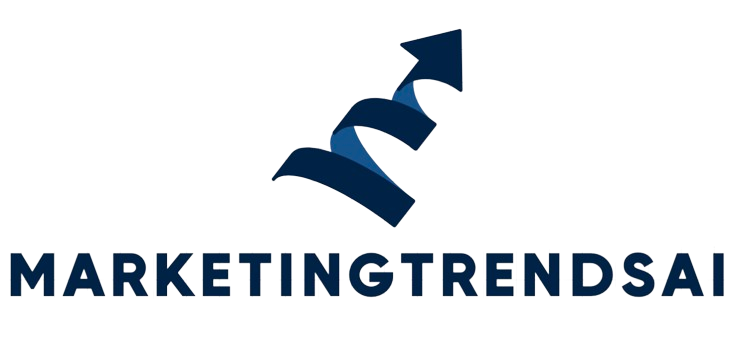In today’s fast-paced digital landscape, businesses need to optimize their marketing efforts while ensuring efficiency in their workflows. Automated marketing and workflow optimization can significantly enhance productivity, improve customer experiences, and drive revenue. In this blog, we’ll explore how automation is transforming marketing and streamlining workflows for businesses of all sizes.
Understanding Automated Marketing
Automated marketing refers to the use of software and AI-powered tools to execute repetitive marketing tasks with minimal human intervention. These tasks include email marketing, social media posting, lead nurturing, and customer segmentation. The goal is to enhance efficiency, maintain consistency, and personalize customer interactions at scale.
Key Benefits of Automated Marketing:
- Time-Saving – Automating repetitive tasks allows marketers to focus on strategic planning and creativity.
- Improved Lead Nurturing – Automated email sequences and chatbots ensure timely engagement with leads.
- Enhanced Personalization – AI-driven analytics help in delivering personalized content to the right audience.
- Data-Driven Decision Making – Advanced analytics provide insights into customer behavior and campaign performance.
- Better ROI – Automation helps in reducing manual errors and increasing conversion rates.
Essential Tools for Automated Marketing
Several tools make marketing automation seamless and effective. Some popular ones include:
- HubSpot – A comprehensive inbound marketing automation platform.
- Mailchimp – Ideal for email automation and audience segmentation.
- Zapier – Connects different apps to automate workflows.
- Hootsuite – Schedules and automates social media posts.
- ActiveCampaign – Combines email marketing, CRM, and automation for better engagement.
Workflow Optimization: A Game-Changer for Business Efficiency
Workflow optimization involves streamlining business processes to improve efficiency and reduce redundancies. By integrating automation tools into workflows, businesses can eliminate bottlenecks, improve communication, and enhance overall productivity.
Steps to Optimize Workflows:
- Identify Bottlenecks – Analyze current processes and pinpoint inefficiencies.
- Implement Automation Tools – Use workflow automation software like Trello, Monday.com, or Asana.
- Set Clear Goals – Define what success looks like for your optimized workflow.
- Monitor and Adjust – Continuously track performance and refine processes as needed.
Benefits of Workflow Optimization:
- Increased Productivity – Automating repetitive tasks reduces manual work.
- Improved Collaboration – Cloud-based tools enhance team communication.
- Enhanced Customer Experience – Faster response times lead to better customer satisfaction.
- Cost Savings – Automation reduces labor costs and errors.
The Future of Automated Marketing and Workflow Optimization
As technology advances, businesses will see even more sophisticated automation tools powered by artificial intelligence and machine learning. Predictive analytics, chatbot improvements, and enhanced personalization will redefine marketing strategies. Companies that embrace automation early will gain a competitive edge by improving efficiency and customer engagement.
Final Thoughts
Automated marketing and workflow optimization are no longer optional but essential for businesses looking to scale efficiently. By leveraging the right tools and strategies, businesses can improve their marketing efforts, enhance customer interactions, and achieve sustainable growth. Are you ready to embrace automation for your business?
Let us know in the comments how automation has impacted your marketing and workflows!

